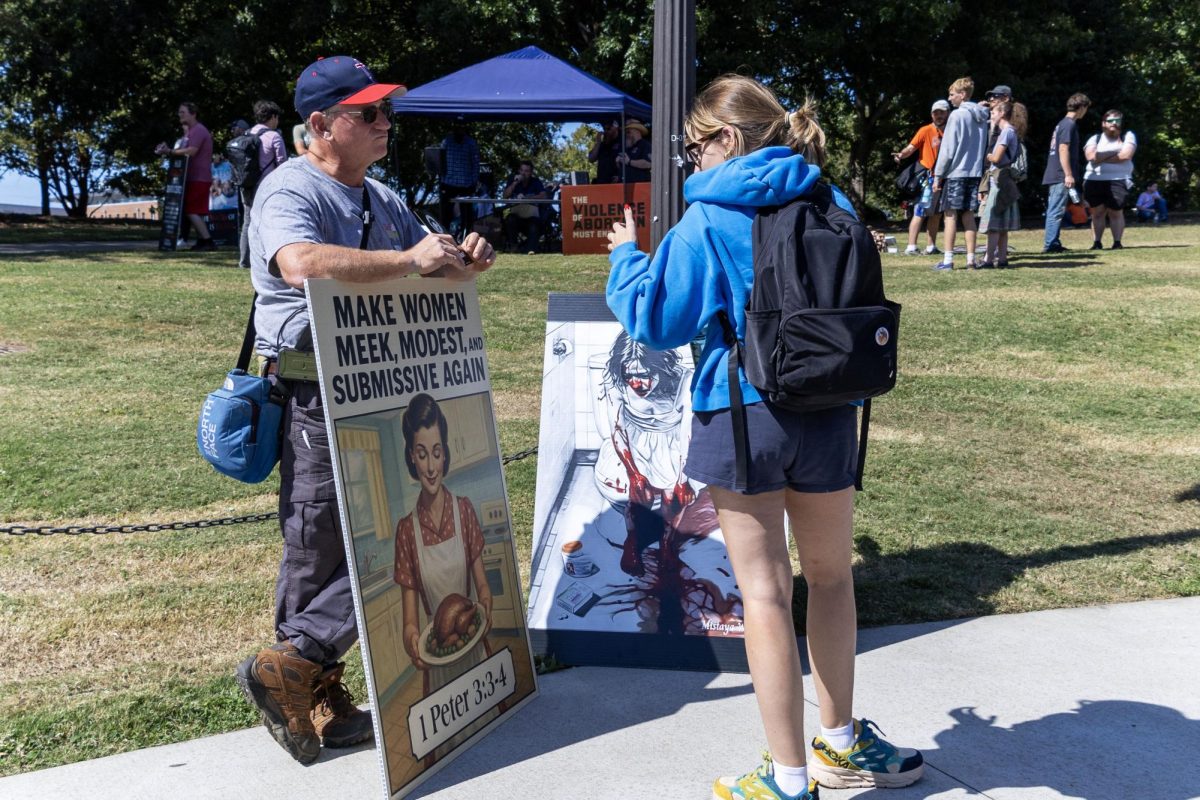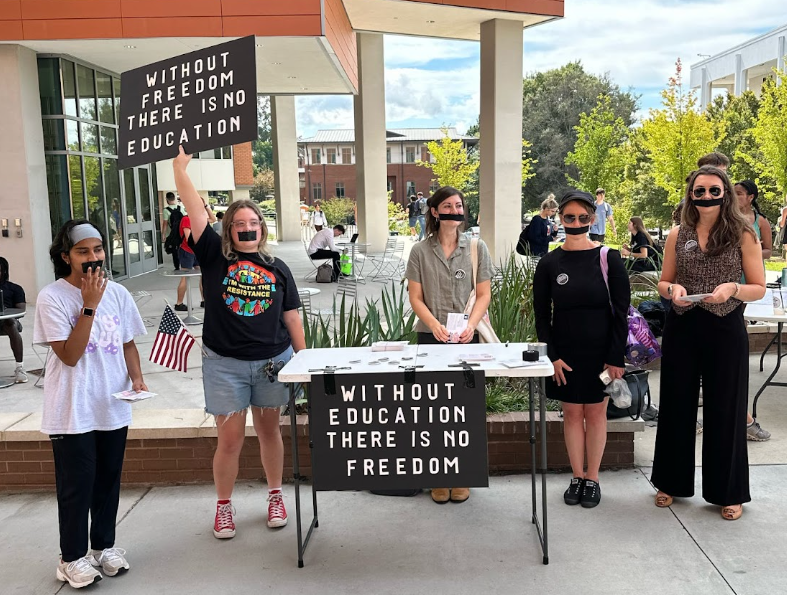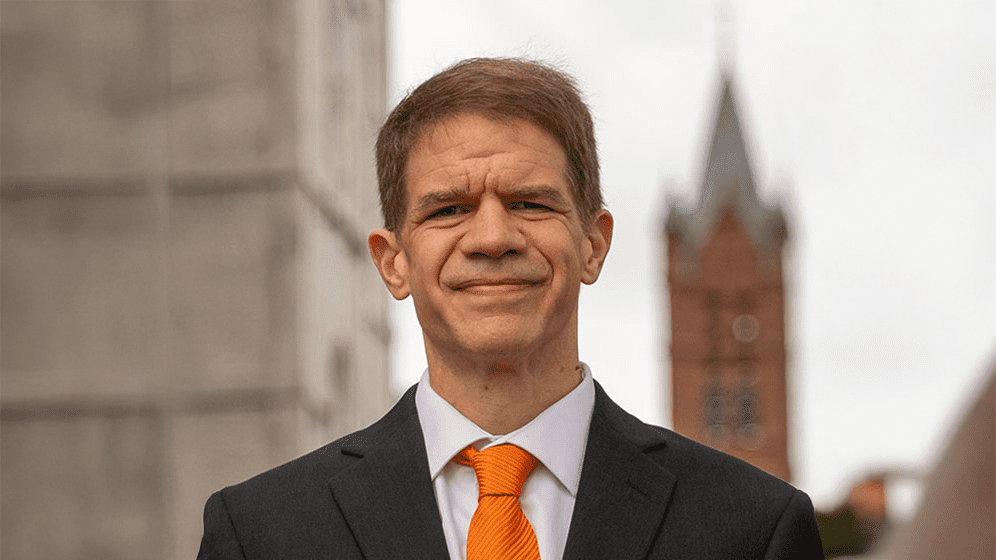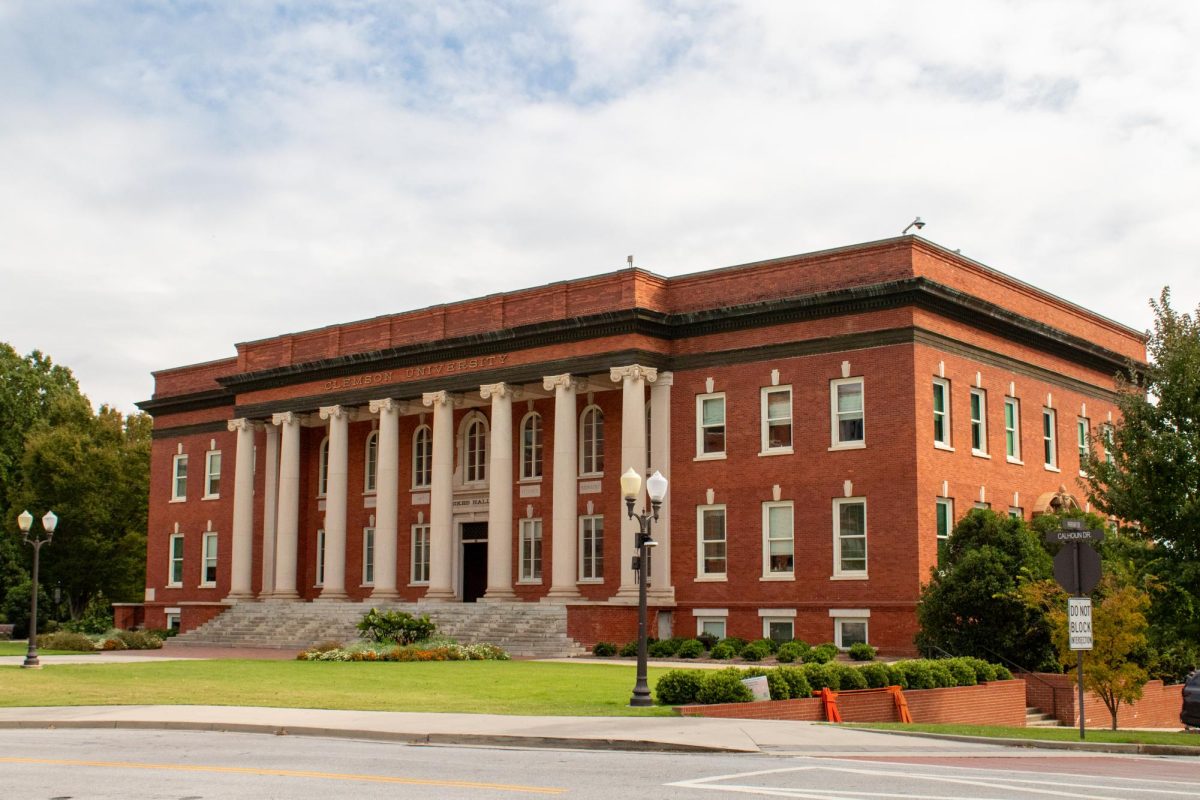President Trump issued a new Executive order (E.O.) on immigration last Monday, prompting questions from many on its application and the reasons for its use, as well as how the order will be constructed and implemented.
Dr. Andrew Rudalevige, Presidential Scholar and the Thomas Brackett Reed Professor of Government at Bowdoin College, came to Clemson last Tuesday to give a talk about E.O.s. Rudalevige said that presidents often use E.O.s to bypass Congress when Congress attempts to halt progress on legislation a president finds important. Obama in 2008 and 2009 had success passing the things he wanted, with a success rate of nearly 90 percent. However, after the Democrats lost the 2010 midterms, his success rate in passing bills dropped very low. This is typical among presidents who face an opposition party in Congress according to Rudalevige.
The number of E.O.s that are issued gives a hint as to how much control the president’s party has in Congress. If there are many issued, a president’s party has little control, but if they very few are issued, their party has solid control over Congress. There is also a spike in E.O.s, according to Dr. Rudalevige, when a new president from an opposing party comes into office. The new president issues E.O.s aimed at repealing those left over from the opposing party’s presidency.
Executive orders are issued, written and proposed by different departments in the president’s administration. Only a small few are actually written by the administration itself. Any E.O., Dr. Rudalevige says, must first be read by the White House Counsel, a group of lawyers working in the White House and responsible for legally advising the president and his administration. This must be done so that the E.O. can stand up to the State courts if they challenge it. Trump’s new E.O., Dr. Rudalevige argues, was much more thoroughly read over by the White House Counsel than was his first E.O. issued in January. It can take anywhere from one to one hundred days for an E.O. to be ordered.
“Executive orders have always been controversial and highly salient.” Dr. Rudalevige said. According to the professor, this is best demonstrated right now, while Democrats are arguing that President Trump is issuing too many unconstitutional E.O.s, and Republicans are defending him and arguing that his orders are within the bounds of the constitution. Republicans made this same argument against the E.O.s that Obama issued, calling them unconstitutional, and Democrats defended him in the same way that Republicans are now defending Trump.
Dr. Rudalevige said, “Presidents are pretty good at finding that vagueness and using it to their advantage.” Presidents can heavily interpret the constitution, laws or previous court rulings to do what they want. However, an imperial Presidency is prevented easily because, according to Dr. Rudalevige, the “executive branch isn’t a hierarchy.” The chief executive isn’t able to “order his will [to the government].” Other states and other areas of the government can stop the president’s orders from being implemented.
Categories:
Professor discusses overview, effects of President Trump’s new Exec. orders
Chris Edwards, Contributor
March 13, 2017
0
Donate to The Tiger
Your donation will support the student journalists of Clemson University. Your contribution will allow us to purchase equipment and cover our annual website hosting costs.
More to Discover








